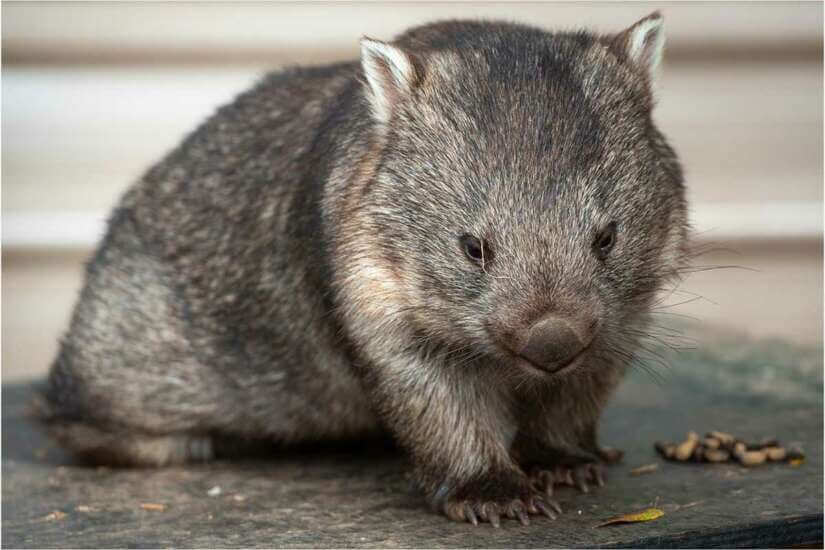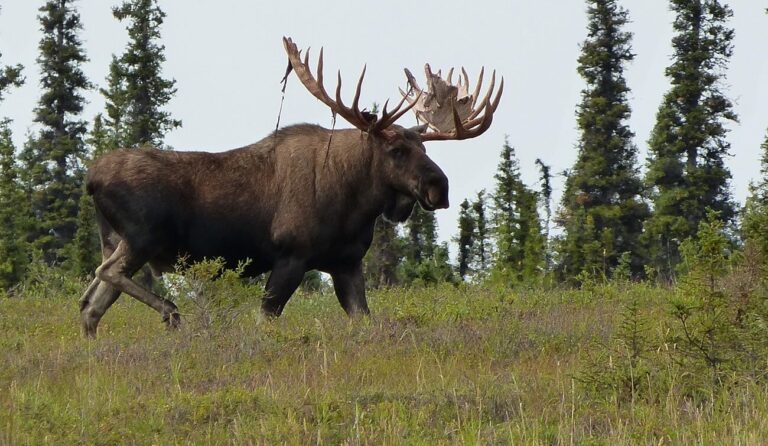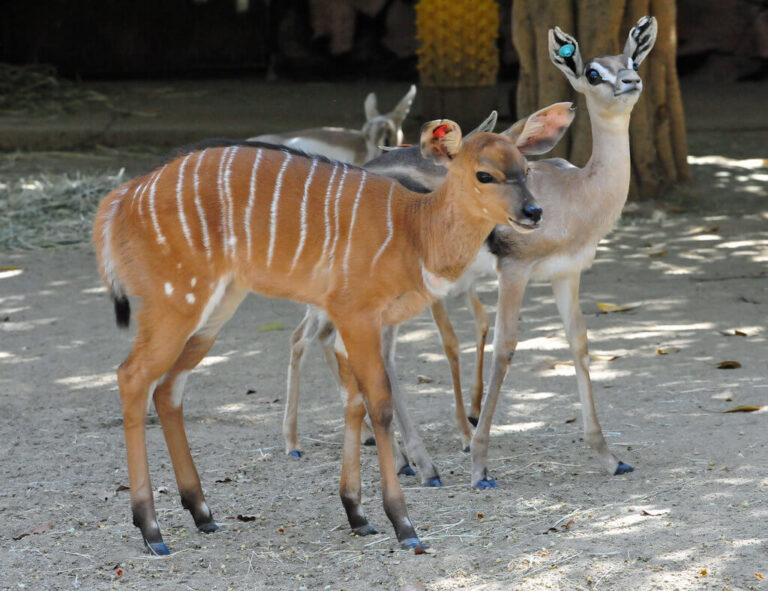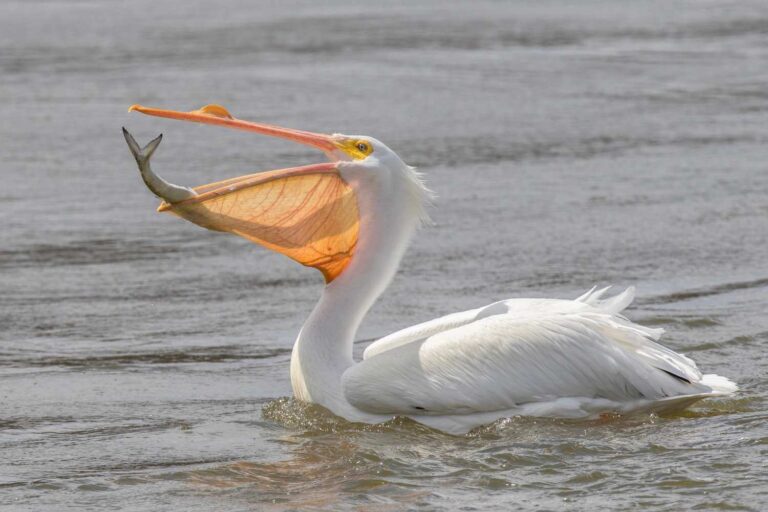Wombat – The Adorable Underground Engineer
The wombat is one of Australia’s most iconic and endearing marsupials, best known for its burrowing abilities and stocky build. Its adorable appearance and fascinating behaviors make it a subject of great interest among wildlife enthusiasts and researchers alike.
In this article, we’ll delve deep into the world of wombats, exploring everything from their scientific classification and physical characteristics to their evolutionary history and relationship with humans.
Contents
Scientific Classification
- Kingdom: Animalia
- Phylum: Chordata
- Class: Mammalia
- Order: Diprotodontia
- Family: Vombatidae
- Genus: Vombatus, Lasiorhinus
- Species:
- Common Wombat (Vombatus ursinus)
- Northern Hairy-nosed Wombat (Lasiorhinus krefftii)
- Southern Hairy-nosed Wombat (Lasiorhinus latifrons)
The wombat family, Vombatidae, consists of three species adapted to different habitats across Australia.
Physical Characteristics

Wombats are short, stocky animals, typically weighing between 20 and 35 kilograms (44–77 pounds) with a length of about 1 meter (3.3 feet). Their most striking physical traits include:
- Build: Sturdy and muscular with powerful limbs.
- Fur: Thick and coarse, varying in color from sandy brown to dark gray.
- Head: A broad, flattened face with small eyes and ears.
- Teeth: Like rodents, wombats have continuously growing teeth suited for their herbivorous diet.
- Pouch: A backwards-facing pouch that helps prevent dirt from entering while digging.
One particularly notable feature of wombats is their toughened rear end, composed of cartilage and used as a defense mechanism against predators.
Habitat
Wombats are native to Australia, where they occupy a variety of habitats, including:
- Forests: Primarily home to the common wombat.
- Grasslands and Scrublands: Where the southern hairy-nosed wombat thrives.
- Arid Regions: The northern hairy-nosed wombat lives in semi-arid areas.
Wombats are master diggers, creating extensive burrow systems up to 30 meters long. These underground homes help regulate their body temperature, offering protection from extreme weather and predators.
Behavior
Wombats are primarily nocturnal and solitary animals. They have the following behavioural traits:
- Burrowing: Wombats are highly efficient diggers, using their powerful claws and strong limbs to construct intricate burrows.
- Territorial: They mark their territory with droppings, which are cube-shaped to prevent rolling.
- Defensive Posture: When threatened, a wombat may retreat into its burrow, blocking the entrance with its hardened rear, preventing predators from dragging it out.
- Social Behavior: Though solitary, some species, like the southern hairy-nosed wombat, will share burrows with others in resource scarcity.
Diet
Wombats are herbivores, feeding mainly on:
- Grasses: Their primary food source, especially tussock grasses.
- Roots and Bark: Consumed when grass is scarce.
- Herbs and Shrubs: Particularly in areas with more diverse vegetation.
Their slow metabolism allows them to extract the maximum amount of nutrients from fibrous plant material, and they only need to drink water infrequently, getting most of their moisture from their food.
Reproduction
Wombats have a low reproductive rate, which can make population recovery challenging:
- Gestation: Lasts around 20–30 days.
- Pouch Life: The joey remains in the pouch for approximately six to seven months, continuing to nurse until around 12 to 15 months old.
- Sexual Maturity: Wombats reach sexual maturity at about two years.
As its mother digs, the backwards-facing pouch protects the young wombat (Joey) from dirt.
Predators
Wombats have few natural predators due to their size and tough rear ends, but young wombats are vulnerable to:
- Dingoes
- Tasmanian Devils
- Large Birds of Prey
Introduced species, such as feral dogs and foxes, also pose a significant threat to wombat populations.
Conservation Status
The conservation status of wombats varies across species:
- Common Wombat: Least Concern – populations are stable and widespread across southeastern Australia.
- Southern Hairy-nosed Wombat: Near Threatened – habitat destruction has impacted their numbers.
- Northern Hairy-nosed Wombat: Critically Endangered – with fewer than 300 individuals left in the wild, this species faces the greatest risk due to habitat loss and limited genetic diversity.
Conservation efforts, including protected reserves and breeding programs, aim to stabilize these populations and ensure their survival.
Interesting Facts
- Cube-shaped Poop: Wombats are famous for their cube-shaped faeces, which scientists believe help prevent rolling and serve as a territorial marker.
- Slow Metabolism: Wombats have one of the slowest digestion processes of any mammal, taking up to two weeks to fully digest their food.
- Tough Rear End: Their backsides are composed of cartilage, both as a shield against predators and a tool for blocking burrow entrances.
Evolutionary History
Wombats are part of the Diprotodontia order, which includes other Australian marsupials like koalas and kangaroos. They share a common ancestor with these animals but diverged around 25 million years ago to adapt to a burrowing, herbivorous lifestyle. Fossil records suggest that wombat ancestors were significantly larger than their modern counterparts, with some prehistoric species reaching up to 200 kilograms (440 pounds).
Relationship with Humans
Wombats have a mixed relationship with humans:
- Cultural Significance: Aboriginal Australians have long revered wombats, featuring them in stories and art. They view wombats as symbols of resourcefulness and persistence.
- Agricultural Impact: In farming regions, wombats can sometimes be seen as pests due to their burrowing, which may damage fences or infrastructure.
- Tourism and Conservation: Wombats are a draw for ecotourism in Australia. Many wildlife sanctuaries protect them and educate the public about their importance in ecosystems.
Despite these challenges, wombats remain beloved worldwide due to their unique appearance and behaviors.
Conclusion
The wombat is a fascinating and resilient marsupial, perfectly adapted to its environment through expert digging and unique physical traits. While some species face significant conservation challenges, efforts are being made to protect these adorable underground engineers. From their cube-shaped droppings to their backwards-facing pouches, wombats continue to captivate the hearts and minds of people worldwide, making them an essential part of Australia’s natural heritage.
- Are Rottweilers Good With Kids? Reasons & Training Tips - 17 September 2025
- How Long Are Dogs Pregnant: Complete Guide - 16 September 2025
- German Shepherd Doberman Mix: Info, Pictures, Care & More - 11 September 2025







